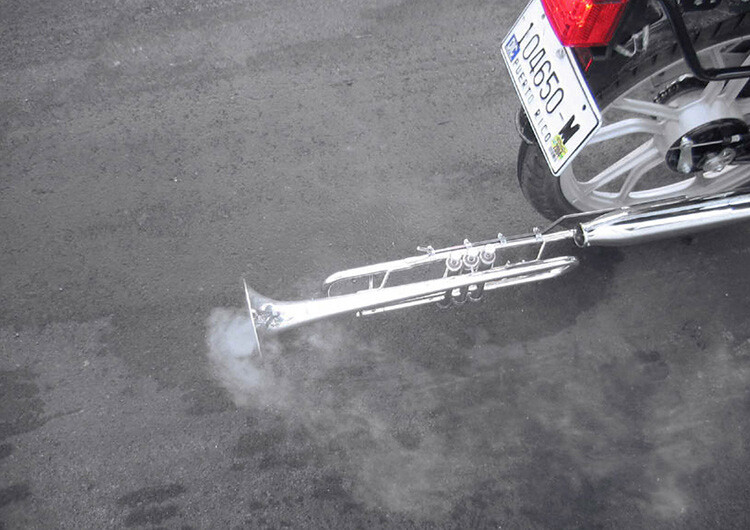Johanna Billing, Wilson Diaz, Mixrice, and Allora & Calzadilla
October 24, 2019, 9pm
224 Greene Avenue
Brooklyn, NY 11238
USA
Join us at Bar Laika on Thursday, October 24, 9pm as we revist e-flux video rental (EVR), a seminal e-flux project organized in 2004 by Julieta Aranda and Anton Vidokle. This week we present Johanna Billing’s You Don’t Love Me Yet, Wilson Diaz’s Los Rebeldes del Sur, Mixrice’s Mixlanguage, and Allora & Calzadilla’s Returning a Sound.
Johanna Billing, You Don’t Love Me Yet, 07:43, 2003
The “You Don’t Love Me Yet” project, a bittersweet convergence between the individual and the audience, consists of both a film (2003) in which a group of Swedish musicians are coming together to record a cover version of the 1984 ambiguous love song “You Don’t Love Me Yet”, by the Texan singer-songwriter Roky Erickson, in Atlantis studio in Stockholm, and an ongoing live tour (2002-2013) in which local musicians in different cities were invited to cover the same song. It has during the tour been covered again and again and repeated in a wide variety of interpretations each reflecting the participants’ own personal style. In this project, the cover version is used as a catalyst to explore ways of maintaining originality and uniqueness of personal as well as artistic integrity both on an individual and collective level. In an archive presentation, the film version of the project as well as the almost 300 live versions are on display.
Wilson Diaz, Los Rebeldes del Sur, 11:00, 2002
Díaz shows a group of uniformed, armed members of the Marxist-Leninist group the Revolutionary Armed Forces of Colombia–People’s Army (Fuerzas Armadas Revolucionarias de Colombia–Ejército del Pueblo, or FARC) performing Colombian folk music to an audience of tourists and local residents. The soldiers perform two songs in the Vallenato style, a highly narrative genre that traditionally gave voice to the struggles of Columbia’s rural poor. In Díaz’s work, however, the singers are shown to have replaced the traditional lyrics with their own, singing first about the beauty of the landscape and love, then about the war they are waging against opposing paramilitary forces. By appropriating a form of popular protest song and conflating beauty and violence, the soldiers embody the contradictory nature of human identity and the ambiguity of repression.
Allora & Calzadilla, Returning a Sound, 05:42, 2004
Vieques is an island off the mainland of Puerto Rico used by the U.S Navy and NATO forces as military testing ground as from the 1940s. Civil disobedience and active protest movements initiated by local inhabitants and an international support network led to the end of the bombings and progressive demilitarization in 2002. Allora & Calzadilla became involved in the defense of this cause in 2000 and made a series of works relating to the story of this island. This video demonstrates the beginning of their ongoing interest in the interplay between militarism and sound. In Returning A Sound, Homar, the motorcycle driver and activist, drives around the island as if reclaiming the territory. The muffler was altered so it no longer silenced the noise and became a musical instrument instead, like a trumpet to announce decontamination and recovery in echo to the terrible exploding sounds that had shaped the lives of the Vieques inhabitants for 60 years.
Mixrice, Mixlanguage, 03:30, 2004
Mix Rice is a project team to research and present new models of art and cultural activities. It was designed to overcome the perspective of foreign migrant workers created by the existing mass media and to expand the scope of art practice to the social and public domain through their daily lives and comments. As the project progresses, migrant workers, activists and writers are participating.
—-
This Fall we would like to revisit e-flux video rental (EVR), a seminal e-flux project organized in 2004 by Julieta Aranda and Anton Vidokle. EVR started with a handful of artists videos at a tiny storefront on Ludlow street and went on to become a video archive of more than 1000 films and single channel video works by more than 600 artists that traveled to more than twenty cities all around the world, until it finally found a permanent home in the collection of the Museum of Contemporary Art in Ljubljana in 2011.
EVR was conceived as an alternative means for distribution and circulation of video art. In spite of the fact that many artists of the 1960s and 70s were drawn to working with video because it was relatively inexpensive and easy to reproduce and distribute, the subsequent assimilation of video art into the precious-object economy of the art market has significantly limited access to video works. EVR began as a functional reflection and inversion of this process. Comprising a public screening room, a film and video archive that grew with each installation of EVR, and a free video rental shop, VHS tapes could be watched in the space or checked out and taken home once a viewer has completed a membership form.
We plan to view the entirety of the contents of EVR at Bar Laika in a series of weekly screenings. This may take a few years…
For more information, contact laika [at] e-flux.com.
